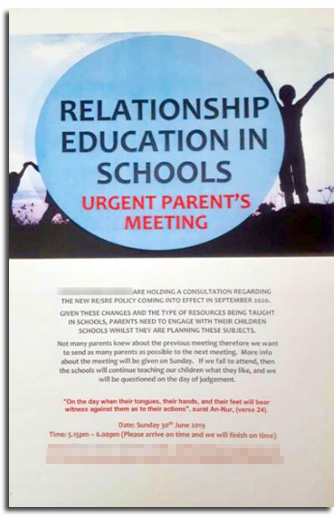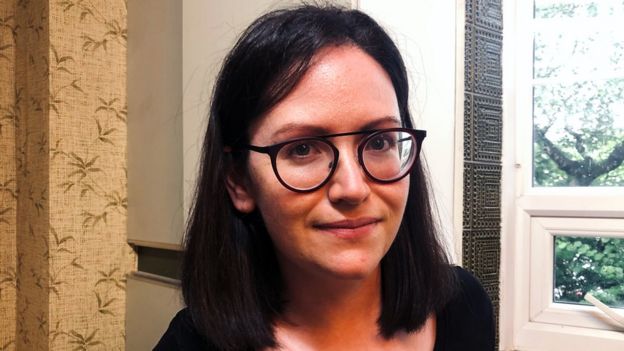
Much of the current media-reported posturing by policy makers and pundits about the failure of U.S. colleges and universities to adequately prepare people for the 21st workplace is either ill informed or misguided, in my opinion.
One of the dominant narratives in the media is that we need to produce more workers now who can do whatever is needed now, using short-term postsecondary certification programs. The focus is typically on “vocational” skills, contrasted with what too often are characterized as relatively useless liberal education outcomes, including knowledge of world history and cultures and other “indulgences” such as crafting understandable prose and judging the veracity and utility of information.
To make it easier for employers to identify competent workers, a litany of badges, certificates, and the like will purportedly signal proficiency. In some yet-to-be-demonstrated manner, these proxies will then be stacked and sewn together by a trusted entity to warrant conferral of what traditionally has been considered a college degree. Along the way, it’s assumed that learners of any age will independently bring coherence to and cultivate depth of understanding from these various experiences.
Another narrative is framed by a chorus of CEOs and managers who bemoan that too many job applicants with associate and baccalaureate degrees cannot write coherent paragraphs, clearly explain complex problems, or work effectively with people who differ from themselves. And this is after several years of postsecondary study, not the few weeks or months needed to earn a badge. At the same time, many business leaders say that they prefer candidates who not only can do today’s work, but who will be able to continue to learn on their own in real time to do tomorrow’s work — jobs that have not yet been invented. Is there a badge or certificate to certify skills for jobs that haven’t even been invented yet?!
Of course, short-term vocational skills-based programs are critically important and well suited for many people. This has always been true and will continue to be so. But is this an acceptable policy choice for addressing the demands of the 21st century workplace and fixing the shortcomings of American higher education at this point?
No, and here’s why.
We’ve known for many decades that there are no short cuts to cultivating the habits of the mind and heart that, over time, enable people to deepen their learning, develop resilience, transfer information into action, and creatively juggle and evaluate competing ideas and approaches. These are the kinds of proficiencies and dispositions needed to discover alternative responses to challenges presented by the changing nature of today’s jobs or for work not yet invented. Workplaces, societal institutions, and the world order are only going to get more complicated and challenging to navigate and manage, increasing the need for people with accumulated wisdom, interpersonal and practical competence, and more than a splash of critical thinking, analytical reasoning, and altruism.
Intentionally shortening and fragmenting educational and personal development in the name of bolstering economic productivity now is shortsighted and does a catastrophic disservice to individuals, our national prosperity, and the long-term well-being of a civil, democratic society. What’s also troubling is the likelihood that learners from historically underserved groups — low income and ethnic minorities, for example — will be disproportionately represented among (or maybe even tracked into) short-term training programs. Students from these groups made up the majority of those who were duped by the misleading ROI promises of more than a few costly for-profit institutions, such as Corinthian Colleges, ITT Technical Institutes, and Education Corporation for America.
There is no way to know for sure, but I suspect that many of those vigorously proposing short term vocational education steer their own children toward baccalaureate-granting colleges or universities. Attending such schools increases the odds that students will have to broaden their perspectives, read and write a fair amount, and devote significant effort over an extended period of time pondering difficult questions and generating alternative solutions to complicated problems — the stuff of which the future will be made.
We need business leaders to speak often and consistently with one voice about the perils of trying to do too much too fast on the cheap in education. The discourse about what the country needs from its postsecondary system needs re-balancing and grounding in what clear-minded captains of industry have learned from experience and what the educational research shows matters to preparing people for a self-sufficient, civically responsible, and personally satisfying life.
Granted, there is much room for improvement in American higher education. However, when a college or university intentionally designs and induces students to participate in high-impact learning activities inside and outside the classroom, the outcomes are much better contrasted with students who do not have such experiences. The benefits of participating in high-impact practices such as writing intensive courses, undergraduate research, community service projects and internships are especially promising for historically underserved students who will make up a large fraction of tomorrow’s workers and community leaders. Unfortunately, too few students participate in these activities, a problem that institutions such as California State University Dominguez Hills, Worcester Polytechnic Institute, Springfield College and many others are addressing by modifying curricular offerings to require students to do them.
Abbreviating postsecondary preparation programs may well reduce short-term costs for students, institutions, and many employers. However, privileging short-term job training over demanding educational experiences associated with high-levels of intellectual, personal, and social development — a foundation for continuous life-long learning — is a bad idea for individuals, for the long-term vitality of the American economy, and for our democracy.
[“source=hbr”]

















 Student services company Chegg announced plans last week to acquire the online coding school Thinkful. To investors in the ed-tech space, the deal was not a surprising one — lots of ed-tech companies have been busy acquiring boot camps of late. Earlier this year, online program management company 2U snapped up Trilogy Education for a cool $750 million, and Zovio (formerly Bridgepoint Education) acquired Fullstack Academy for $17.5 million in cash plus 4.5 million shares of common stock.
Student services company Chegg announced plans last week to acquire the online coding school Thinkful. To investors in the ed-tech space, the deal was not a surprising one — lots of ed-tech companies have been busy acquiring boot camps of late. Earlier this year, online program management company 2U snapped up Trilogy Education for a cool $750 million, and Zovio (formerly Bridgepoint Education) acquired Fullstack Academy for $17.5 million in cash plus 4.5 million shares of common stock.
 Based on media coverage of the college admissions process, the “road to college” is often portrayed just as that: a metaphorical road.
Based on media coverage of the college admissions process, the “road to college” is often portrayed just as that: a metaphorical road.




